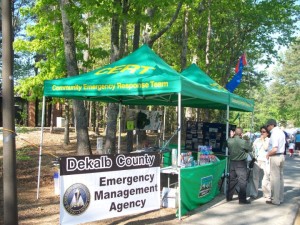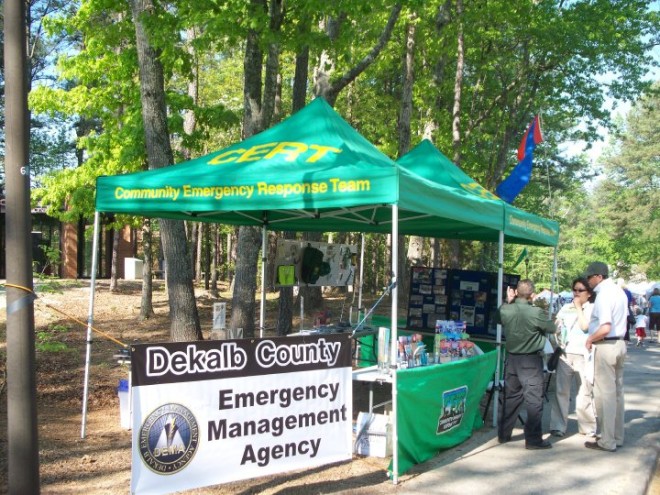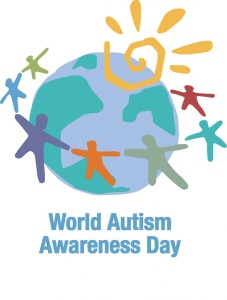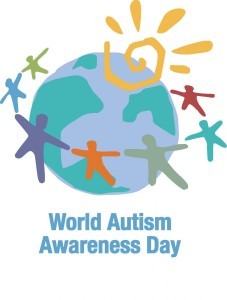 Yesterday I participated in a beautiful 9/11 memorial service and
Yesterday I participated in a beautiful 9/11 memorial service and 
 emergency preparedness festival. I am still brought to tears when the events of that horrific day are described by anyone, especially those who serve in public safety. I am honored to be a part of a huge calling to encourage citizens to get involved and help their families, neighbors, and community be prepared for disasters of all kinds. To learn more about how you can be involved in your community, go to the Citizen Corps website.
emergency preparedness festival. I am still brought to tears when the events of that horrific day are described by anyone, especially those who serve in public safety. I am honored to be a part of a huge calling to encourage citizens to get involved and help their families, neighbors, and community be prepared for disasters of all kinds. To learn more about how you can be involved in your community, go to the Citizen Corps website.
Common behaviors of children with Autism and how to handle them
As promised, here is part two of why I am passionate about training and educating Emergency Responders about Autism. Here is a snapshot of behaviors that are highly likely to be misinterpreted by police officers, EMTs, or firefighters responding to an emergency call:
Self-stimulatory (stimming)
- Hand flapping
- Finger play
- Head tapping
- Spinning
- Transfixing on spinning or moving objects
Unless the child is injuring himself or others, self-stimulatory behaviors should not be stopped. This is a comfort for the child.
Self-injurious
- Head banging
- Biting self
- Scratching
- Eye gouging
This behavior should be stopped immediately.

Aggressive behavior is not intentional - handle with care
- Head butting
- Biting
- Punching
- Crashing into or pushing others
Aggressive behavior is usually caused by over-stimulation, sensory-seeking, fear, pain, surprise, or lack of communication. Remember this child does not mean to hurt you. Restrain if needed, as calmly and controlled as possible.
Insensitivity to pain
- May be unaware of pain
- May under-react: major physical trauma may go unnoticed
- May over-react: minor scrapes and cuts could be perceived as major
Check thoroughly for injuries; do not rely on communication or reaction from the child.
Aversion to touch
- Light touches (hand on shoulder, back rubbing) may be painful
Although they may crave deep compression and tight squeezes, light touch is often over-magnified and can cause pain and discomfort. Do not approach the child from behind if possible; children with Autism do not like surprises.
Avoiding eye contact
- May look at you through peripheral glance
- May look at you through an object or spread fingers
Do not mistake lack of eye contact for suspicion of guilt, avoidance, lack of respect, or belligerence. Try to get eye contact if you can, but do not force it.
Lack of response
- May only respond to visual cues
Emergency responders should consider carrying sets of visual communication cards, or familiarizing themselves with basic sign language.
Repetitive motion
- May repeatedly fidget with an item
- May fixate on spinning or lighted objects
- May appear to be in a trance
Do not mistake for drug use, mental illness, or lack of respect for authority.
Extreme hyperactivity or inactivity
- Prone to running or bolting away suddenly

Children with Autism are prone to running away - especially if frightened or confused
- May rapidly pace back and forth
- May appear out of control (like the Tasmanian Devil!)
- May go limp at touch or fold into self
Redirection is the best way to diffuse hyperactivity or passivity. Try asking what the child’s favorite show, game, or movie is. Asking mathematical questions or giving the child a “job” to will reel in their focus.
Inappropriate emotional response
- May laugh or cry for no reason
- May laugh at a very serious situation, or in response to feeling or causing pain
- May show extreme distress over minor incidents
This is very hard for us to understand. Laughter in response to a serious question or accusation does not imply guilt or disrespect. It is simply a defense mechanism for the child.
Echoing speech or movement
- May repeat everything you say
- May mimic your tone and gestures
- May speak in robotic tone
Do not mistake this for “being a wise guy”, or lack of respect.
Non-verbal and non-responsive to verbal cues
- Limited or no speech
- May appear deaf
- May communicate with sign language, by pointing, or using picture cards
Do not mistake for lack of interest or ignorance. Try to use common gestures to get through to the child. Be patient!
Attachment
- May hold unusual items
- May be extremely agitated or distressed if item cannot be located
While seeming unimportant or silly to us, comfort items are critically important to children with Autism. It may be a rock, a paper clip, fabric, shoelace, or anything. Do not take away the item from the child. Try to find the item if the child loses it.
Need for routine and order
- Obsessed about routines
- Literal about things like time and location (“It’s not 8:30, it’s 8:28!”)
- May repeatedly seek places or activities from the child’s normal routine
Children with Autism look to bring order to a world that’s out of order to them. Noise, lights, smells, and other sensory challenges are coming at them all the time. This is their norm.
Oblivious to others’ emotions
- Typically do not understand facial expressions
- Will not understand sarcasm, idioms, exaggerations, or jokes
- May not understand they are a victim of a crime
- May be hard to diffuse situation with normal socialization techniques (e.g., “How would YOU feel if…”)
Don’t assume that these children “should know better”, or that a simple unapproving look will get through to them. They rarely know what they did wrong and need it explained in a way they understand.

Children may respond to loud or confusing noises by screaming to drown it out
Inappropriate response to noise
- Hyper sensitive: May cover ears with hands or try to break object that is causing discomfort
- Hypo sensitive: May appear deaf or not respond to verbal commands
Each child on the Spectrum presents different variations of sensory issues – no two are alike! They can even be hyper and hypo sensitive to the same thing!
No fear of danger
- May run into traffic
- May bolt suddenly into the street or a hazardous environment
- May willingly go with strangers
- Will not recognize dangerous situations
- May not understand fire, heat, sharp objects, or other hazardous items
While often possessing extraordinary academic abilities, many children with Autism do not recognize danger, exhibit no fear, are prone to wandering, and miss basic cause and effect concepts (“If I touch this, I will get burned”). Never leave unsupervised at the scene of an accident, fire, disaster, or crime.
 As an auxiliary first responder who works first aid booths at community events like airshows, parades, road races, festivals and the like and an adult with Asperger’s, I have discovered some good techniques to aid me in my duties when I am providing first aid for a person and/or child with or without special needs such as Autism.
As an auxiliary first responder who works first aid booths at community events like airshows, parades, road races, festivals and the like and an adult with Asperger’s, I have discovered some good techniques to aid me in my duties when I am providing first aid for a person and/or child with or without special needs such as Autism. Community Emergency Response Team Instructor. He is currently pursuing a degree in Criminal Justice at Gwinnett Technical College and hopes to one day pursue an EMT certification and certification as a State of Georgia Emergency Manager. He brings a wealth of knowledge to Spirit of Autism with years of research and experience in emergency preparedness and as an adult with Autism.
Community Emergency Response Team Instructor. He is currently pursuing a degree in Criminal Justice at Gwinnett Technical College and hopes to one day pursue an EMT certification and certification as a State of Georgia Emergency Manager. He brings a wealth of knowledge to Spirit of Autism with years of research and experience in emergency preparedness and as an adult with Autism.



















